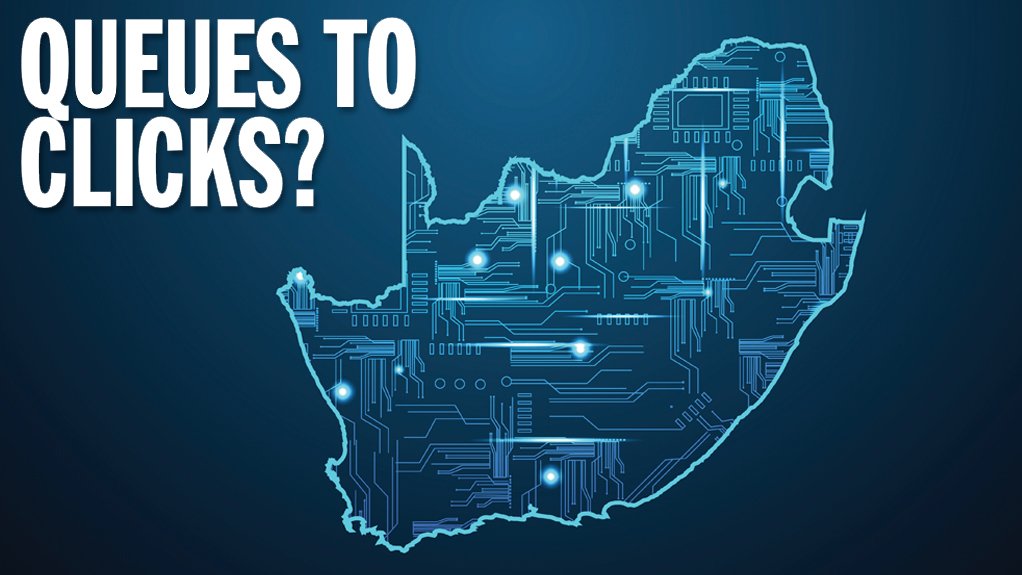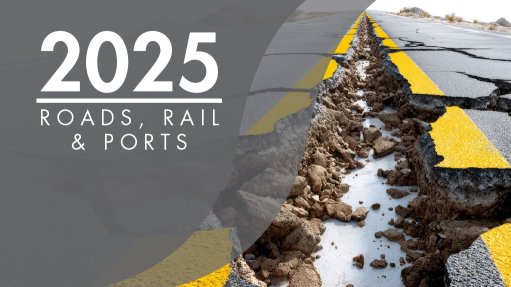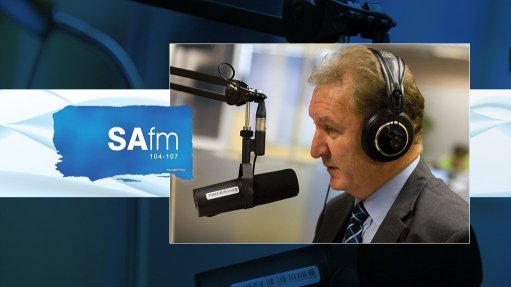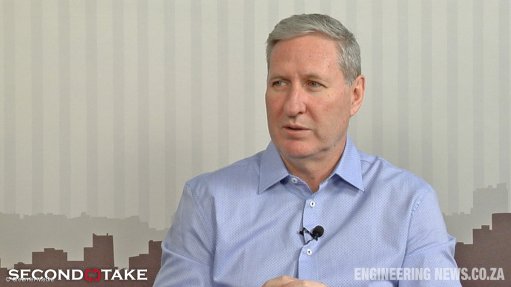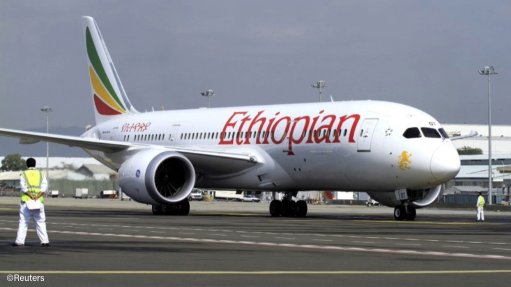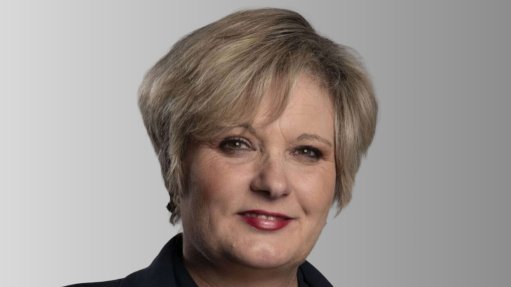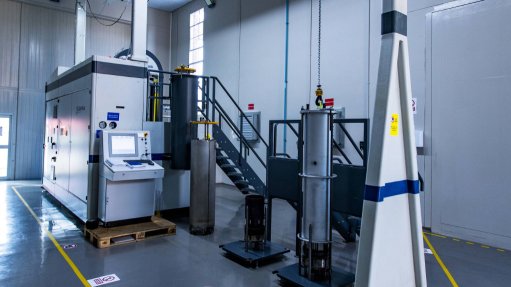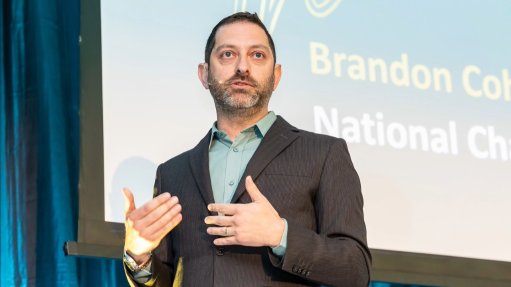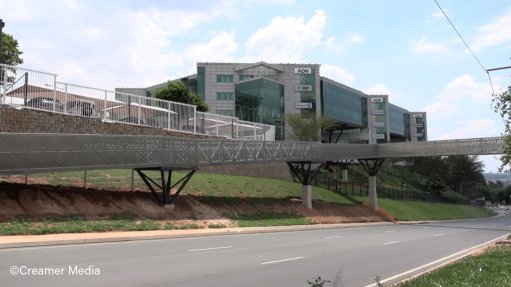Work begins on ambitious ‘whole-of-government’ services digitalisation plan
The South African government is embarking on a new five-year roadmap to deliver a unified and modernised ‘One Person, One Government, One Touch’ system that reshapes how citizens access essential public services.
The Roadmap on the Digital Transformation of the South African Government aims to formalise the integration of government services and develop a data exchange framework, establish a national digital identity, introduce a digital payments system and offer a zero-rated digital services platform.
South Africa has, over the years, made several attempts to digitise service delivery. However, these efforts have been slowed by numerous implementation challenges, including insufficient coordination between departments, siloed systems, legacy technology, unclear accountability, overlapping mandates, poor access and network connectivity, regulatory incoherence and a lack of coordinated funding.
In many instances, this has led to duplication, inefficiencies and missed opportunities, with the structural challenges exposed during Covid-19 pandemic-related lockdowns in 2020 and 2021.
“The middle class could work from home, bank online and manage their lives digitally. But millions of South Africans faced not only restrictions on their movement, but restrictions on their access to essential government services,” says Communications and Digital Technologies Minister Solly Malatsi.
The lockdowns, however, highlighted the potential of digital technologies, which prompted government to fast-track the introduction of crucial support measures, including the South African Social Security Agency’s (Sassa’s) monthly R350 social relief of distress (SRD) grant and the Unemployment Insurance Fund’s Temporary Employee/Employer Relief Scheme.
“One of the areas that consistently drives our work is how do we improve the reach and the quality of government services, [while] reducing duplication and inefficiency,” says National Treasury director-general Duncan Pieterse.
In line with this, Sassa started working with various banks to verify the incomes of SRD recipients as part of its eligibility test.
“On a monthly basis, Sassa receives about 17.4-million applications for the SRD grant, but they only approve about eight-million of those applications . . . [owing to] the digital nature of the process and the ways in which the banks are able to verify and test incomes and, therefore, remove ineligible potential beneficiaries from the net.”
The next step of that work, which the National Treasury and Sassa are working on, is to apply these innovations across other grants in the system and across government.
In addition to Sassa’s online grant application portals and eservices.gov.za, which are continuously refined and expanded to improve service access and user experience, other key initiatives and projects have delivered promising results over the past few years, including the South African Revenue Service’s (Sars’) e-Filing platform and e-Natis, the Road Traffic Management Corporation’s electronic system for vehicle and driver registration. More recently, the Department of Home Affairs (DHA) has embarked on its @home programme to digitise key services and, in effect, enable full online interaction with the department.
“South Africa already has pockets of progress. Sars and e-Filing, for example, show what is possible when digital is done right,” says Accenture Africa health and public service lead Gugu Nyanda.
“Consider the DHA – for years, it has faced criticism for delays, duplication and identity fraud. Recent moves to digitise Smart ID applications and include naturalised citizens are encouraging. But until all civil registration services from birth certificates to passports are digitised and integrated across all provinces and service channels, the bottlenecks will persist.”
The same urgency and digital capability that was seen during the pandemic, particularly in social development with Sassa’s online applications for emergency relief reaching millions quickly, must now be scaled across all grant systems, Nyanda says.
Meanwhile, Presidency Project Management Office head Rudi Dicks highlights how nongovernment stakeholders have been playing an essential role in supporting innovation, citing the success of a partnership with Harambee.
Harambee Youth Employment Accelerator’s SAYouth.Mobi is a zero-rated platform connecting youth to learning or income-generating opportunities.
Since the partnership started in 2020, about five-million youth have been registered, which also enables access to demographic data that promotes better planning.
“South Africa has been on this journey for quite some time, but the challenge has been silos. We already have over 136 e-services online. But where do you find them? We have ported them onto the gov.za site but these are the services that, at times, are being duplicated,” adds Department of Communications and Digital Technologies director-general Nonkqubela Jordan-Dyani.
Road to Digitisation
“With this roadmap, we are shifting from the fragmented past towards a unified, people-first, whole-of-government approach,” Malatsi comments.
However, government is not starting from scratch, says Presidency Project Management Office director Saul Musker.
“We are building on a lot of work that has unfolded over decades, with early adoption of digital technologies by government and digitisation of manual records, through to e-government. What we are moving towards now . . . is taking a whole-of-government and a whole-of-society approach, developing solutions that are built around the citizen.”
This aims to make it easier for citizens to navigate the system and interface with one government, with the introduction of greater cohesion and cohesiveness in government.
“It is really thinking about government in a very different way, and moving away from the silos – a process that will ultimately deliver the services one needs from birth through childhood, old age, disability, pension, death, tax, SRD grants, and beyond,” adds Presidency Project Management Office director Khule Duma, noting that it brings together the lifecycle of services, and of all of these pieces of infrastructure working across government.
Jordan-Dyani adds that, for example, online registration for births and for schools will not only assist parents in terms of efficiencies, but also enable government to plan for the future schooling and other requirements of those children as they grow.
However, Sars commissioner Edward Kieswetter warns that as the digitisation of services continues, there is a need for strategic intent and clearly defined value propositions to prevent digitising services from being “backward looking”.
“We do not want to improve our queue management system; we want to disintermediate the need for queues. We do not want to improve our contact centre functioning; we want to disintermediate the need for a contact centre in the first place,” he says of the digital-focused work that Sars has been undertaking.
He cites the example of disintermediating – not digitising – the need to submit a tax return and the need to register.
It is not just digital technology: it is the deployment of data science, artificial intelligence (AI) and access to data that made it possible for five-million taxpayers in South Africa not to have to do anything.
“That is the service for taxpayers; not accelerate physical functions so that it is in digital form, but understand the core value proposition we want to give.
“Without clear intent of what requires digitisation, the wrong things could be digitised, accelerating inefficiencies in government.”
Nyanda says that a digital public service compact must be rooted in clear principles, policy alignment and leadership.
“Every ministry, province and municipality must commit to a common roadmap, with shared standards for platforms, data protection and service integration.”
“We need sustainable investment in digital infrastructure. Initiatives like SA Connect, which aims to bring broadband to government sites and public spaces, must be accelerated.”
Enabling Access
“This is not about technology and servers and computers. It is ultimately about people, digital literacy, digital fluency, both in government and in society,” Kieswetter comments.
While concerns have been raised over geographic coverage and the affordability of devices, he argues that connectivity and data and devices are not the highest barriers to cross the digital divide – it is digital literacy.
“That is where our education, our schools and our communities [besides others], have to step up digital fluency and literacy, and prepare the next generation to live in an AI world.”
Digital literacy campaigns, community access points, and inclusive onboarding strategies will be vital, adds Nyanda, noting that the public sector workforce must also be upskilled and supported, in addition to digital platforms being easy to use and available in local languages.
“By 2030, there should be no reason for a South African to wait in a queue to do something that could be done in a click. The tools exist. The models exist. What is needed now is the will – and a national digital compact to make it happen.”
Global experience confirms that change is possible, says Nyanda, citing as examples a unified government platform with interoperable data sharing that saved the Brazilian economy billions and delivered more coordinated, responsive services and the Aadhaar digital ID system, in India, which covers over a billion residents and has reduced verification costs and enabled seamless access to bank accounts and social benefits. Further, Rwanda’s Irembo platform allows citizens to access over 100 services online, from birth registration to driving licences.
“South Africa can learn from these examples, but we must also lead by designing solutions for our unique context.”
The Roadmap
A critical pillar of Operation Vulindlela Phase II, the roadmap focuses on four catalytic initiatives: the rollout of a digital identity system to verify identities remotely; the development of a data exchange framework to streamline government processes; the introduction of a digital payments system for secure transactions; and a zero-rated digital services platform, called MyMzansi, where citizens can access government services without incurring data costs.
It is to be implemented in two phases, starting with Phase 1 from 2025 to 2027, which will prioritise social protection and focus on digitising services for faster, more reliable access, linking social grants to employment, training and income-generating opportunities to create pathways to sustainable livelihoods, while building digital government capacity and unlocking innovation through nongovernment ecosystems.
In this phase, implementation capacity will be established, along with coordination, consultation and implementation structures.
The second phase from mid-2027 to 2030 will expand focus to other key sectors, such as healthcare, education and business services, building on the lessons learned during Phase 1 to scale successful technologies across government.
An Inter-Ministerial Committee has been formed. Chaired by Malatsi, it is to be supported by an Inter-Departmental Working Group co-chaired by the Department of Communications and Digital Technologies and the National Treasury, which will collaborate with government departments and be responsible for ensuring integration across all government departments.
A Digital Service Unit, which will work closely with the Government Information Technology Officers Council, is being established in The Presidency to provide technical expertise and support to departments and entities. It will strengthen the execution capacity of government through targeted interventions.
Article Enquiry
Email Article
Save Article
Feedback
To advertise email advertising@creamermedia.co.za or click here
Comments
Press Office
Announcements
What's On
Subscribe to improve your user experience...
Option 1 (equivalent of R125 a month):
Receive a weekly copy of Creamer Media's Engineering News & Mining Weekly magazine
(print copy for those in South Africa and e-magazine for those outside of South Africa)
Receive daily email newsletters
Access to full search results
Access archive of magazine back copies
Access to Projects in Progress
Access to ONE Research Report of your choice in PDF format
Option 2 (equivalent of R375 a month):
All benefits from Option 1
PLUS
Access to Creamer Media's Research Channel Africa for ALL Research Reports, in PDF format, on various industrial and mining sectors
including Electricity; Water; Energy Transition; Hydrogen; Roads, Rail and Ports; Coal; Gold; Platinum; Battery Metals; etc.
Already a subscriber?
Forgotten your password?
Receive weekly copy of Creamer Media's Engineering News & Mining Weekly magazine (print copy for those in South Africa and e-magazine for those outside of South Africa)
➕
Recieve daily email newsletters
➕
Access to full search results
➕
Access archive of magazine back copies
➕
Access to Projects in Progress
➕
Access to ONE Research Report of your choice in PDF format
RESEARCH CHANNEL AFRICA
R4500 (equivalent of R375 a month)
SUBSCRIBEAll benefits from Option 1
➕
Access to Creamer Media's Research Channel Africa for ALL Research Reports on various industrial and mining sectors, in PDF format, including on:
Electricity
➕
Water
➕
Energy Transition
➕
Hydrogen
➕
Roads, Rail and Ports
➕
Coal
➕
Gold
➕
Platinum
➕
Battery Metals
➕
etc.
Receive all benefits from Option 1 or Option 2 delivered to numerous people at your company
➕
Multiple User names and Passwords for simultaneous log-ins
➕
Intranet integration access to all in your organisation



